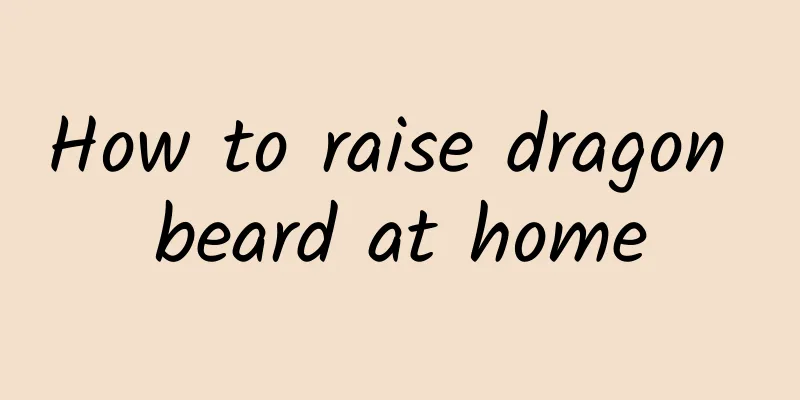Diseases and their control of Ophiopogon japonicus

Ophiopogon root knot nematode diseaseWhen Ophiopogon japonicus is infected with root-knot nematode disease, root knots of varying sizes will appear on the roots, and hair roots will grow on them. The ends of the hair roots will be infected by nematodes again, forming small root knots again, and the cycle will continue. After cutting open the root knot, you can see a white, shiny spherical substance, which is the female adult. Prevention and treatment methodsWhen planting, choose disease-free seedlings and be careful not to have insect pests on the roots of the seedlings. When planting, do not rotate with other plants such as tobacco, but you can rotate with grass crops. To treat the soil, put 5% chlorpyrifos granules into the soil before planting, mix it with the soil, and then plant. Ophiopogon japonicus black spotWhen Ophiopogon japonicus suffers from black spot disease, the leaves will first turn yellow and gradually spread to the base of the leaves. Then green, white, yellow and other water-soaked spots will appear, affecting the growth and appearance of the leaves. Once infected with black spot, the disease will continue into the second year and continue to affect the growth of the plant. It is generally prone to occur during the rainy season. Prevention and treatment methodsIn winter, clean and prune the dead plants and diseased leaves and then dispose of them. During the disease period, spray with 1:1:200 times Bordeaux mixture or 1000 times 50% carbendazim solution, once every 10 days, and spray about 3 times in a while. Ophiopogon japonicus mole cricket diseaseBoth the adults and nymphs of this pest can eat the roots of seedlings, affecting the growth of the plants. Prevention and treatment methodsYou can sprinkle 3 kg of 5% phoxim granules or 5% methyl isothion granules on the potting soil and stop spreading when you see the pests die; or you can use spices to lure the insects and then kill them. |
<<: Viola yedoensis leaf spot disease and its control
>>: Diseases and Pests of Black Leaf Alocasia and Their Control
Recommend
Does Chinese evergreen like the sun?
Chinese evergreen likes the sun Chinese evergreen...
Cultivation methods and precautions of flame orchid
1. Maintenance methods 1. Temperature: Judging fr...
Environmental conditions and characteristics of watermelon growth
Environmental conditions and requirements for wat...
Put a diaper in the pot, the cuttings will take root 100%, and they will grow even if you don’t water them for half a month!
Diaper hydroponic pineapple, rooting speed is ver...
When to transplant hydrangeas planted in the ground
Hydrangea is a plant of the genus Hydrangea. It h...
What are the plants in summer?
1. Areca palm The leaves of the Areca palm are br...
How to grow purple rice in pots? How to grow purple rice in pots?
How to grow purple rice The succulent purple rice...
Can lucky bamboo be planted in the ground?
Can lucky bamboo be planted in the ground? Yes, l...
How to prune wintersweet in summer
1. Pruning method 1. Leggy branches: When pruning...
Daylily recipes
Fried pork slices Prepare soaked black fungus, fr...
What fertilizer is good for bougainvillea
What fertilizer to use for bougainvillea Bougainv...
The difference between Ebisu and Daikoku
The Origin of Ebisu Daikoku In fact, Ebisu Daikok...
How often should I water the Tillandsia?
How often should I water the Tillandsia? Generall...
How to propagate the monkey orchid
1. Method of division 1. Generally, it is chosen ...
The flower language and symbol of wintersweet, the meaning of giving wintersweet to girls
1. Flower Language Wintersweet has many flower me...









